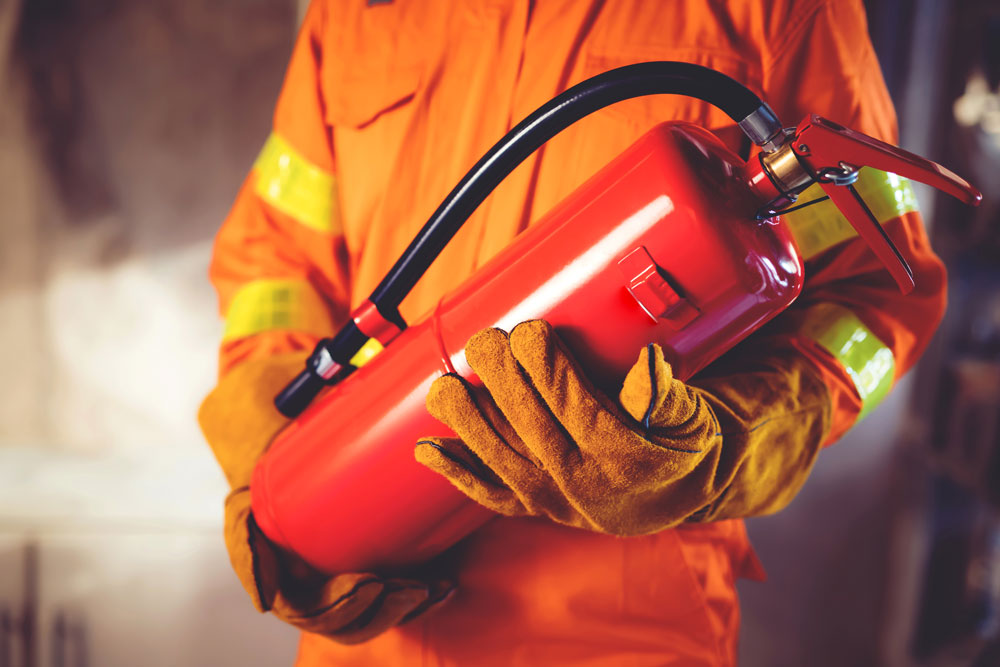IFSS-CP establishes overarching, performance-based Common Principles for fire safety engineering design, construction, occupation and ongoing management. Adopting the IFSS-CP will help protect people, buildings and contents and the environment from the destructive effects of fire.
Figure 3 below illustrates the interaction between laws, regulations, codes and standards and how the common principles outlined in this document can apply at each stage.
Common Principles At all stages of a building’s life cycle, sufficient steps need to be taken to implement the following five common principles: .
- Prevention – Protection against the outbreak of a fire and/or mitigation of its effects.
- Detection and Communication – Investigation and discovery of a fire, followed by information from the occupants and the fire department.
- Occupant Protection – Facilitate occupant avoidance and evacuation of fire effects.
- Containment – Limiting fire and all its consequences to the smallest possible sector.
- Extinguishment – suppression of fire and protection of the surrounding environment. IFSS-CP is designed to be flexible and not prescriptive so that it can be adopted progressively and will also advance good practice. The Common Principles have been designed to be universally applicable worldwide, independently of existing codes, standards and guidelines.
The Common Principles are intended to apply to all types of Building, where this is possible. Each Common Principle is interconnected and assigned equal importance and for each Common Principle listed in the IFSS-CP Framework users shall do the following, where applicable:
- incorporate facilities or procedures to address the Common Principle appropriate to the situation in accordance with a recognised code or principles and
- ensure that each Common Principle meets local regulatory requirements and is compatible with the code or principles selected.
Reference: UNECE International Fire Safety Standards October 2020


